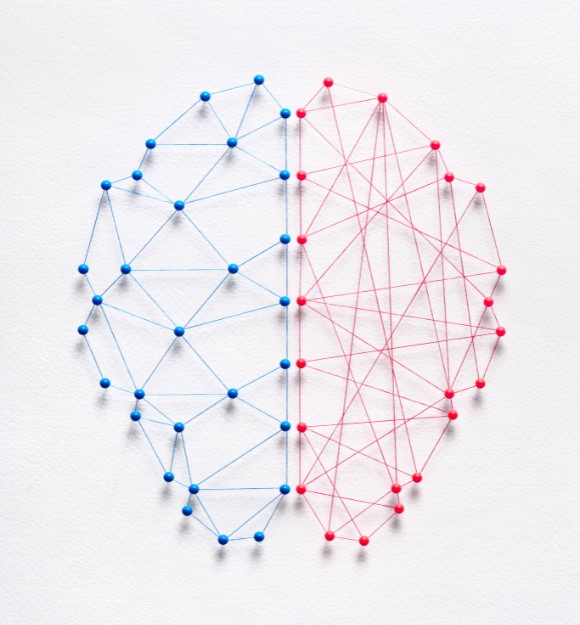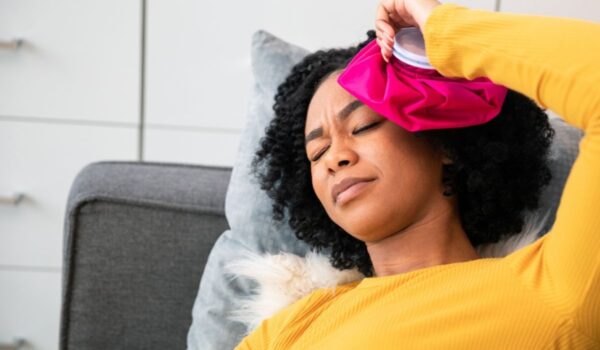
Introduction
Migraines, a severe and debilitating form of headache, are a global health concern affecting an estimated one in seven people. While medication is often the first line of defence, it’s not the only solution. This article explores drug-free alternatives that can offer relief from this debilitating condition, providing a holistic approach to managing migraines.
The Limitations of Drug-Based Treatments
Medications, both over-the-counter and prescription, are commonly used to treat migraines. These include pain relievers, triptans, ergots, and preventive medications such as beta blockers and antidepressants. While these medications can be effective, they are not without their limitations.
Some people may not respond to certain drugs, while others may experience side effects such as dizziness, nausea, and even more headaches. Overuse of these medications can lead to a vicious cycle of headaches and medication use, known as medication-overuse headaches.
Moreover, certain migraine medications have been linked to an increased risk of stroke, particularly in individuals with other risk factors such as high blood pressure and smoking. This risk is especially significant in women who experience migraines with aura. For more information on this, you can refer to Migraine Medications and the Risk of Stroke from Clinical Pharmacology & Therapeutics.
Exploring Drug-Free Solutions
There are several drug-free strategies that can help manage migraines. These include:
- Lifestyle Changes: Regular physical activity, a balanced diet, staying hydrated, and getting enough sleep can help reduce the frequency and severity of migraines. Avoiding known triggers, such as certain foods, alcohol, and stress, can also be beneficial.
- Biofeedback: This technique involves learning to control physiological functions such as heart rate, blood pressure, and muscle tension with the help of a special machine. This can help you notice when you’re experiencing physical changes that might lead to a migraine, so you can take steps to prevent it.
- Cognitive-Behavioural Therapy (CBT): CBT is a type of psychological treatment that can help you understand and change thoughts and behaviors that lead to stress and anxiety, which can trigger migraines.
- Acupuncture: This traditional Chinese medicine technique involves inserting thin needles into specific points on the body. Some studies suggest that acupuncture can help reduce the frequency of migraines and may be as effective as certain medications.
For more information on these strategies, you can refer to Non-Pharmacological Approaches to Migraine from Neurotherapeutics.
The Role of Vagus Nerve Stimulation
Vagus nerve stimulation is a promising drug-free treatment for migraines. The vagus nerve plays a role in regulating pain, and stimulating this nerve can help reduce the frequency and severity of migraines. This treatment involves using a small device to send electrical signals to the vagus nerve.
The device is non-invasive and can be used at home. Studies have shown that vagus nerve stimulation can be effective in reducing the number of migraine days per month, and the treatment is well-tolerated with few side effects. You can learn more about this treatment in Non-Invasive Vagus Nerve Stimulation in a Primary Care Setting from The Journal of Headache and Pain.
While medication can be an effective part of managing migraines, it’s not the only solution. Drug-free strategies, including lifestyle changes, biofeedback, cognitive-behavioural therapy, acupuncture, and vagus nerve stimulation, can also play a crucial role in managing this condition.
If you’re struggling with migraines, consider exploring these drug-free solutions. Remember, every individual is unique, and what works for one person may not work for another. It’s important to work with a healthcare professional to find the best approach for you. You don’t have to navigate this journey alone. There are options available to help you regain control of your life.

